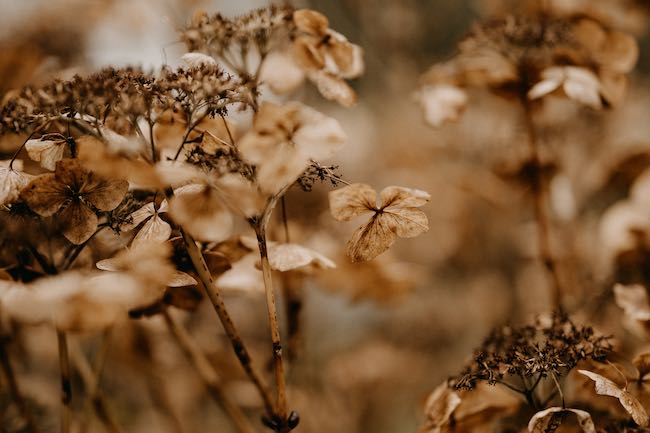When is the Best Time To Dead Head A Hydrangea?

The best time to deadhead a hydrangea is after the blooms have faded and before new buds form. This typically occurs in late summer or early autumn, but you can start this process as early as mid march. Deadheading involves removing the spent blooms from the plant to encourage new growth and prevent seed formation. It also helps to improve the appearance of the plant by removing the dead blooms.
To deadhead a hydrangea, follow these steps:
- Locate the spent blooms on the plant. These will be the flowers that have turned brown and are no longer vibrant.
- Using a pair of sharp, clean pruning shears or scissors, cut the spent blooms off the plant as close to the base of the flower as possible.
- Be careful not to damage the new growth or buds that are forming.
- Continue deadheading until all the spent blooms have been removed.
- You can also prune back the stems after the blooming period is over, this will help to promote new growth and shape the plant.
- Finally, dispose of the dead blooms and clean your tools to prevent the spread of disease.
It’s also important to note that different varieties of hydrangea may have different pruning needs, so it’s best to check the specific care requirements for your particular plant.



